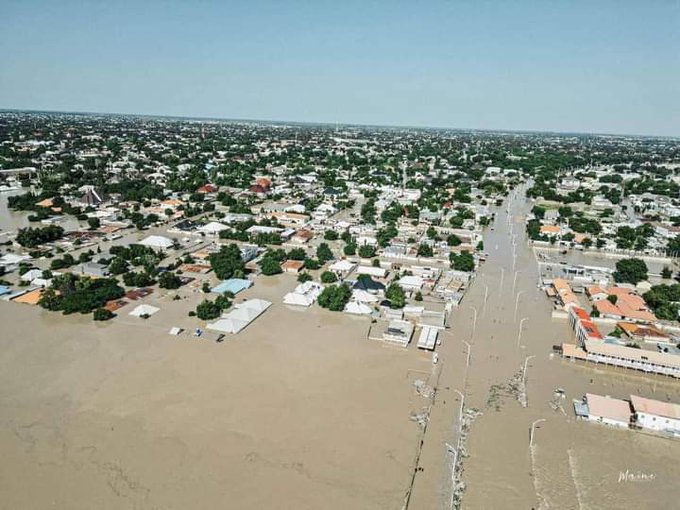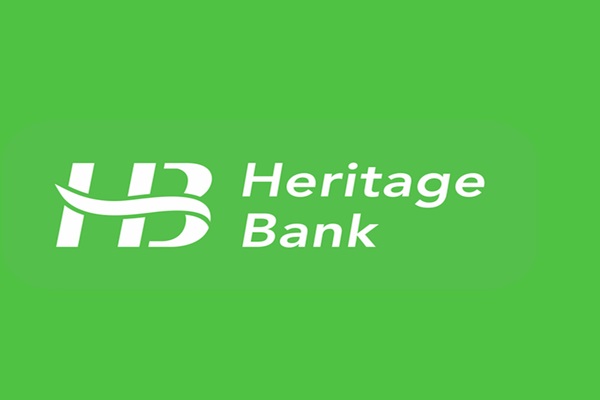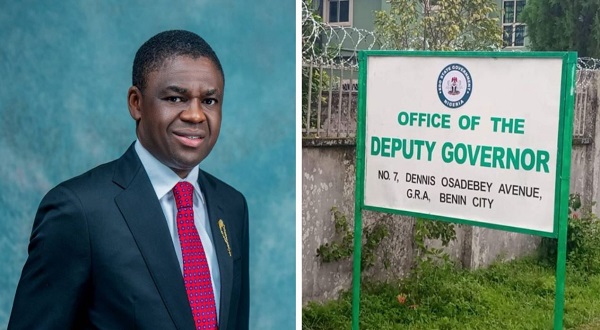The Nigeria Hydrological Services Agency (NIHSA) has issued a stark warning for 2025, identifying 1,249 communities in 176 Local Government Areas (LGAs) across 33 states and the Federal Capital Territory (FCT) as being at high risk of flooding. The announcement was made during the official presentation of the 2025 Annual Flood Outlook (AFO) by the Minister of Water Resources and Sanitation, Prof. Joseph Utsev, in Abuja.
The forecast also highlights that an additional 2,187 communities in 293 LGAs across 31 states and the FCT will face moderate flood risks this year. High-risk states include Abia, Adamawa, Akwa Ibom, Anambra, Bauchi, Bayelsa, Benue, Borno, Cross River, Delta, Ebonyi, Edo, Gombe, Imo, Jigawa, Kebbi, Kogi, Kwara, Lagos, Nasarawa, Niger, Ogun, Ondo, Osun, Oyo, Rivers, Sokoto, Taraba, Yobe, and Zamfara.
Prof. Utsev emphasized the severe impact of floods on lives, property, agriculture, and infrastructure, underscoring that the 2025 forecast aims to raise awareness and encourage preparedness in vulnerable communities. The minister explained that the report is divided into three key components: a general flood forecast, a communication strategy for effective warning dissemination, and a mitigation plan to reduce exposure and vulnerability.
The flood risks are categorized by seasons:
- High-risk areas: 657 communities in 52 LGAs between April and June; 544 communities in 142 LGAs between July and September; 484 communities in 56 LGAs from October to November.
- Moderate flood risk: 445 communities in 116 LGAs from April to June; 1,458 communities in 271 LGAs from July to September; 1,473 communities in 171 LGAs between October and November.
Flash and urban flooding are expected to affect major cities like Abuja, Lagos, Port Harcourt, Ibadan, Kano, and Makurdi, primarily due to poor drainage and inadequate infrastructure. Coastal states, including Bayelsa, Cross River, Delta, Lagos, Ogun, Rivers, and Ondo, may experience flooding caused by rising sea levels and tidal surges, posing threats to livelihoods and river-based activities.
In response, Utsev announced initiatives such as the National Flood Insurance Programme, to be piloted in Kogi and Jigawa states, and the Niger Flood Project, which aims to improve river navigation, flood control, and climate resilience. Other upcoming projects include the Integrated Climate Resilience Project and the Annual Drought Outlook.
NIHSA’s Director-General, Umar Mohammed, reiterated the agency’s commitment to using advanced technologies and fostering collaboration to provide accurate, timely flood forecasts. He emphasized the community-focused approach of the 2025 outlook, which aims to strengthen resilience and support proactive flood management strategies.
The event also saw the unveiling of the NIHSA Flood and Drought Dashboard and the National Flood Insurance Programme. Stakeholders, including representatives from the World Meteorological Agency and the National Water Resources Institute Kaduna, delivered goodwill messages to support the initiative.




